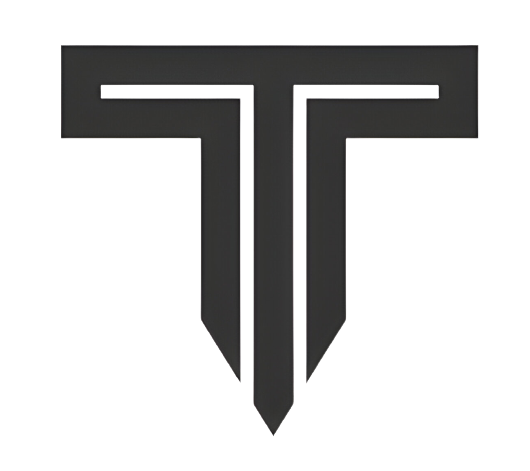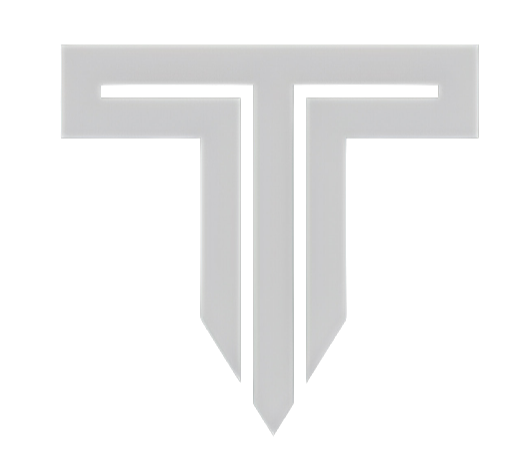Introduction
In today's hyper-connected business landscape, network monitoring has evolved from a basic IT function to a strategic imperative. As organizations grapple with increasingly complex network infrastructures, the choice between open-source and commercial AI solutions for network monitoring has become a critical decision point. This article provides an in-depth examination of both approaches, helping you make an informed decision for your organization's unique needs.
The Evolution of Network Monitoring AI
Network monitoring has undergone a radical transformation in recent years. Traditional rule-based systems have given way to sophisticated AI-powered solutions capable of predictive analytics and automated remediation. This shift mirrors broader trends in the History Of NOC, where manual processes have been progressively augmented by intelligent automation.
The emergence of AIOps for network monitoring represents the latest chapter in this evolution. These solutions leverage machine learning algorithms to analyze network traffic patterns, detect anomalies, and even predict potential issues before they impact operations. Both open-source and commercial offerings now incorporate these advanced capabilities, though their implementation approaches differ significantly.
Understanding Open-Source AI Solutions
Advantages of Open-Source AI
Open-source AI-powered network operations tools offer several compelling benefits for organizations with specific needs:
-
Cost Efficiency: The most apparent advantage is the elimination of licensing fees. Organizations can deploy these solutions without substantial upfront investments, making them particularly attractive for budget-conscious operations.
-
Customization Flexibility: Open-source solutions provide complete access to source code, enabling deep customization. This allows organizations to tailor the monitoring system precisely to their network architecture and specific requirements.
-
Community Support: Many open-source projects benefit from active developer communities that contribute enhancements, identify bugs, and share best practices. This collective knowledge can be invaluable for troubleshooting and optimization.
-
Transparency: With full visibility into the codebase, organizations can verify security implementations and ensure there are no hidden processes compromising their network integrity.
Challenges with Open-Source AI
However, open-source AIOps for network monitoring solutions present several challenges that organizations must consider:
-
Implementation Complexity: Deploying and configuring open-source tools often requires specialized expertise. The lack of polished installation wizards or intuitive configuration interfaces can lead to extended deployment timelines.
-
Integration Requirements: Most open-source solutions don't offer out-of-the-box integration with existing network management systems. Organizations typically need to develop custom APIs or middleware to connect these tools with their current infrastructure.
-
Support Limitations: While community forums can be helpful, they don't replace dedicated technical support. Critical network issues may not receive timely resolution without paid support contracts.
-
Feature Gaps: Many open-source tools lack advanced features found in commercial products, such as sophisticated visualization dashboards or built-in compliance reporting.
Commercial AI Solutions Explained
Benefits of Commercial AI
Commercial AI in proactive NOC support platforms offer distinct advantages for enterprises seeking comprehensive solutions:
-
Turnkey Implementation: Commercial products are designed for relatively quick deployment, with intuitive setup wizards and pre-configured templates that accelerate time-to-value.
-
Comprehensive Support: Vendors typically provide service level agreements (SLAs) guaranteeing response times for critical issues, along with access to dedicated support engineers.
-
Integrated Features: These solutions often bundle complementary capabilities like advanced analytics, customizable dashboards, and built-in reporting tools that would require separate development in open-source alternatives.
-
Continuous Updates: Commercial vendors regularly release updates that incorporate the latest advancements in AIOps for network monitoring, ensuring customers benefit from ongoing innovation.
Limitations of Commercial Solutions
Despite their advantages, commercial AI-powered network operations platforms have several potential drawbacks:
-
Cost Structure: Licensing fees, especially for enterprise-scale deployments, can be substantial. Many vendors use complex pricing models based on metrics like the number of monitored devices or network traffic volume.
-
Vendor Lock-in: Proprietary data formats and closed architectures can make it difficult to transition to alternative solutions in the future.
-
Customization Constraints: While many commercial products offer configuration options, they rarely provide the deep customization capabilities of open-source alternatives.
-
Feature Bloat: Some commercial solutions include numerous features that may not be relevant to all organizations, potentially complicating the user experience without providing corresponding value.
Decision Factors for Organizations
Technical Considerations
When evaluating open-source versus commercial AIOps for network monitoring, organizations should assess several technical factors:
-
Existing Infrastructure: Commercial solutions often provide broader compatibility with enterprise network equipment out-of-the-box, while open-source tools may require additional integration work.
-
Monitoring Requirements: Organizations with highly specialized monitoring needs may find open-source solutions more adaptable, whereas those seeking comprehensive coverage might prefer commercial offerings.
-
Security Protocols: Both approaches can be secure, but commercial products typically undergo more rigorous independent security validation.
-
Scalability Needs: Commercial solutions often include clustering and distributed monitoring capabilities designed for large-scale deployments.
Organizational Factors
Beyond technical considerations, several organizational aspects influence the decision:
-
In-House Expertise: Organizations with strong AI/ML and networking talent may leverage open-source solutions more effectively, while those lacking such expertise might benefit from commercial products' turnkey nature.
-
Budget Constraints: While open-source solutions eliminate licensing costs, they often require greater investment in implementation and maintenance resources.
-
Compliance Requirements: Regulated industries may find commercial solutions better equipped to meet specific compliance mandates with built-in reporting and audit capabilities.
-
Risk Tolerance: Organizations with low tolerance for operational risk might prefer the stability and support guarantees of commercial products.
Implementation Scenarios
When Open-Source Shines
Open-source AI in proactive NOC support solutions excel in several scenarios:
-
Research Institutions: Academic environments with technical staff can benefit from the flexibility to modify and extend open-source tools for specific research needs.
-
Highly Specialized Networks: Organizations with unique network architectures or proprietary protocols may require the customization capabilities only open-source solutions provide.
-
Budget-Constrained Startups: Emerging companies can deploy capable monitoring without substantial upfront investment while retaining the option to transition to commercial solutions as they scale.
Where Commercial Solutions Excel
Commercial AIOps for network monitoring platforms prove most valuable in:
-
Enterprise Environments: Large organizations with complex, distributed networks benefit from the comprehensive feature sets and professional support.
-
Regulated Industries: Businesses in finance, healthcare, or utilities often require the compliance documentation and audit capabilities built into commercial products.
-
Resource-Constrained IT Teams: Organizations without dedicated AI/ML or networking specialists can deploy commercial solutions more rapidly and maintain them with less specialized knowledge.
The Future Landscape
As AI-powered network operations continue evolving, several trends are emerging:
-
Hybrid Approaches: Some organizations are blending open-source and commercial solutions, using open-source tools for specific monitoring tasks while relying on commercial platforms for core functionality.
-
Managed Services: Many managed network services providers in New Jersey and elsewhere now offer AI monitoring as a service, combining elements of both approaches.
-
Cloud-Native Solutions: Both open-source and commercial offerings are increasingly available as cloud services, reducing deployment complexity while maintaining their respective advantages.
-
Specialized AI Models: We're seeing the development of industry-specific AI models for network monitoring, with some available as open-source and others as commercial products.
Conclusion
The choice between open-source and commercial AIOps for network monitoring isn't binary. Many organizations find success with strategic combinations of both approaches, using open-source tools for specialized requirements while relying on commercial platforms for core monitoring functions. As the History Of NOC demonstrates, the most effective monitoring strategies adapt to both technological capabilities and organizational needs.
When making your decision, consider not just the immediate requirements but also your long-term network monitoring strategy. Evaluate your team's capabilities, growth projections, and risk tolerance. Remember that the best solution is the one that provides the right balance of functionality, cost, and manageability for your specific environment.
Ultimately, whether you choose open-source, commercial, or a hybrid approach, implementing AI in proactive NOC support represents a significant step forward in network management. These intelligent systems can transform your network operations from reactive troubleshooting to proactive optimization, regardless of the underlying platform.



